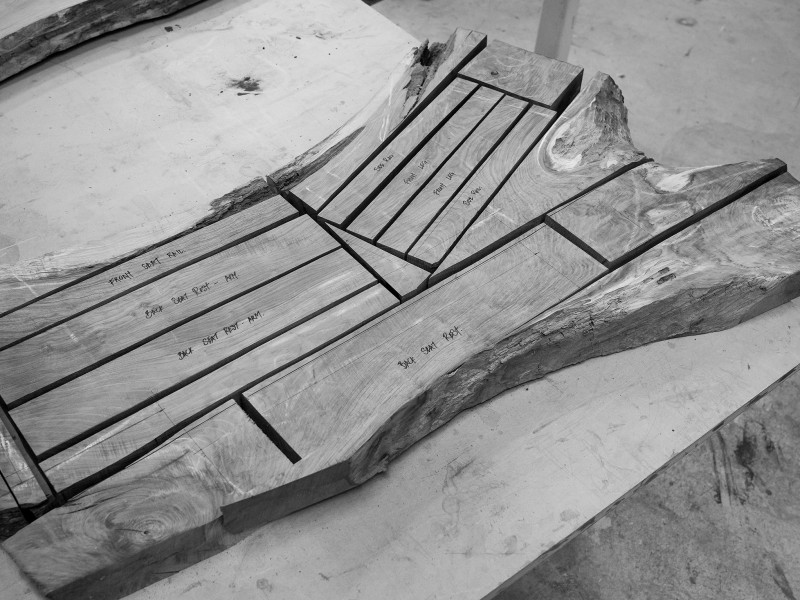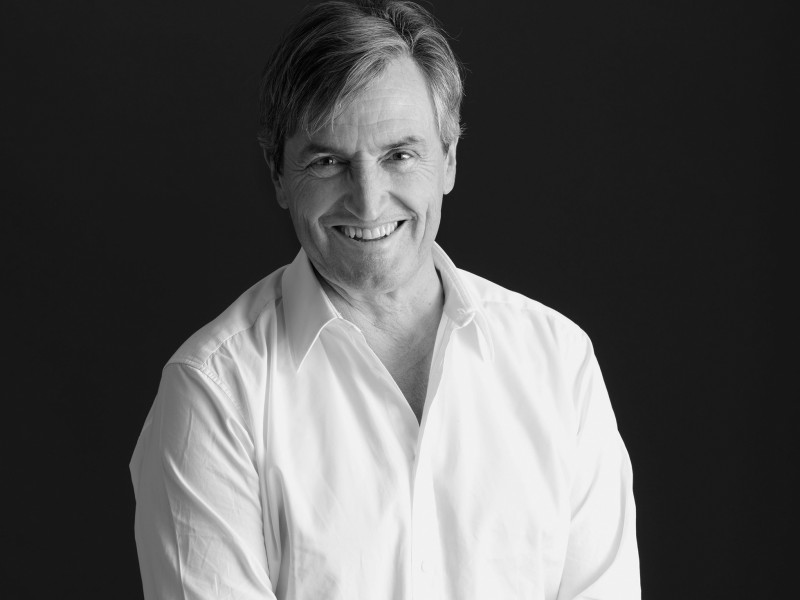Once upon a time collectors were as eclectic and obsessive as the grand auction house themselves and true collectors filled their homes with their obsessions. “It’s become too sanitised,” says John Albrecht, proprietor and managing director of Leonard Joel, lamenting a change in collecting habits.
Since its inception 95 years ago Leonard Joel has been a grand auction house. “We basically sell every category across every price point,” explains Albrecht.
However, in the world of collecting, it’s the collectors themselves who are the rare commodity. Architecture is partly to blame for changing tastes. Once bountiful, baroque interiors—synonymous with the classic collector—have been replaced by far more minimalist interiors. Meanwhile values too have changed—price, not aesthetic, dominates discussion.
Albrecht marks the change occurring in the 1980s. “Pre-1980s was the period where connoisseurs loved things because they were beautiful, not because they were valuable. That is rarely found today.”
As part of the venerable auction house’s 95th anniversary celebrations, Albrecht produced a book on ninety-five treasures that captured the soul and eclecticism of collecting. Albrecht reflects on the public’s changing taste and obsessions.
Ray Edgar: What’s the distinction between passion and obsession?
John Albrecht: Obsession is passion out of control.
RE: What creates an obsession?
JA: People ultimately collect memories. If bottle-tops remind them of something, that’s usually where the obsession begins. There’s almost always an element of nostalgia driving a collector.
RE: Who are the obsessive collectors?
JA: I’ve never met a barrister that didn’t collect in an interesting way—anything from a stuffed piranha to a non-descript European painting.
RE: Do collectors fit a particular demographic?
JA: It’s not age specific, but they undoubtedly require the funding to make the initial investment.
RE: What’s the difference between collecting and hoarding?
JA: Collecting is a socially acceptable form of hoarding. I was discussing hoarding with a colleague from Christie’s London and the profound change in taste that’s occurred in the last ten years. She called it the end of horror vacui, ‘fear of the void’. In the Victorian period people just wanted to fill their houses with things. Now people are not afraid of space. They look more for a signature piece, rather than ten things to represent their tastes and vision.
RE: I’ve noticed that many of the items in the 95th anniversary book are quite unconventional.
JA: Collectors and buyers will pay attention to pieces that are both visually stimulating and quirky. Let’s say the Rare Late Victoria Diamond Pendant, It wasn’t René Lalique or 1920s Cartier, but it was very visually stunning. That’s what I find satisfying. It doesn’t have to be a brand. The most extreme example was when Leonard Joel auctioned Andy Mac’s [pioneering] collection of street art.
RE: Who acquired Freeze Mutherstika—This is a fukup!, the mammoth 15m mural produced for the Big Day Out festival?
JA: Andrew King and Sandra Powell, who are both major urban art collectors in Melbourne. One of those rare couples that have the courage to sell their traditional collection and start again. It’s quite an emotional effort to free oneself of 30 years of collecting and start completely afresh. They sold a whole lot of traditional modern period art: Boyds, Becketts, Blackmans. They now focus on urban street art.
RE: European emigres generated much of the post-war auction market, what’s the subsequent effect of Asian migration on the Australian art market?
JA: The most notable phenomenon in the last eight years has been a very affluent Asian community initiating the repatriation and reassessment of their own art and artefacts. The most notable example in the antiques industry is the 18th century Qing dynasty vase that turned up in an English provincial auction house, which was eventually sold for £65 million.
Related Features
-
75
-
-
-

